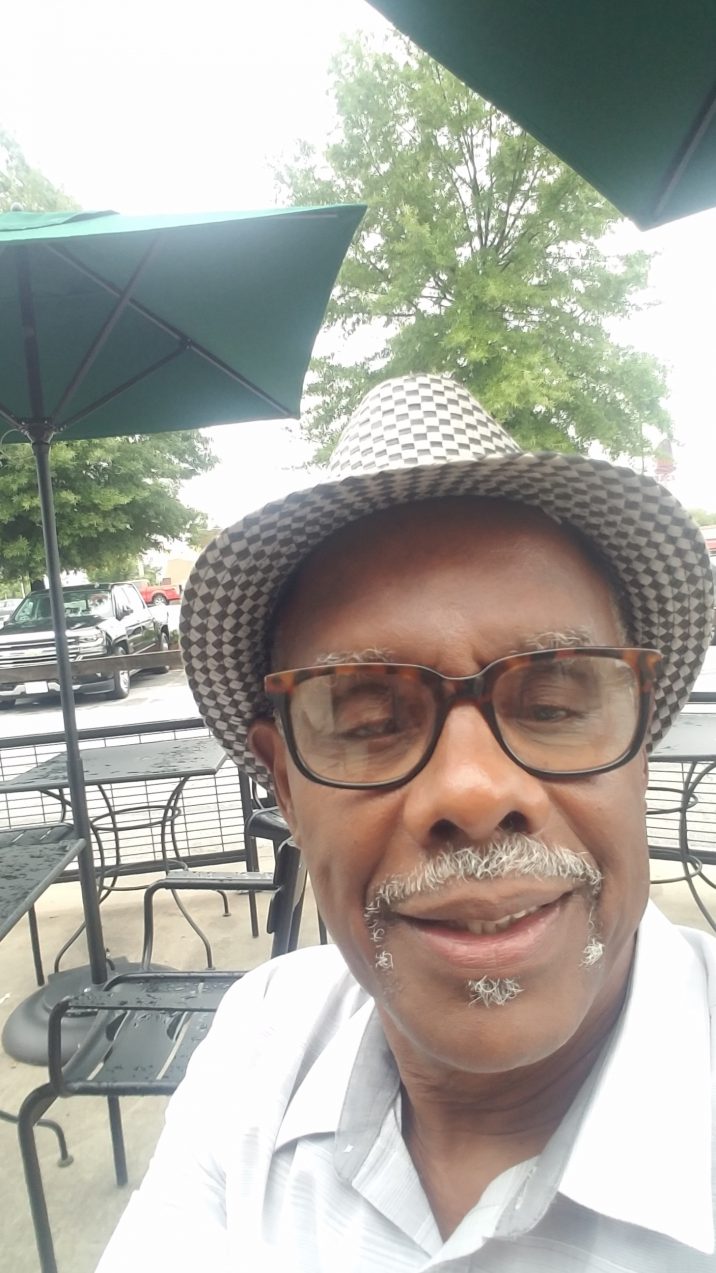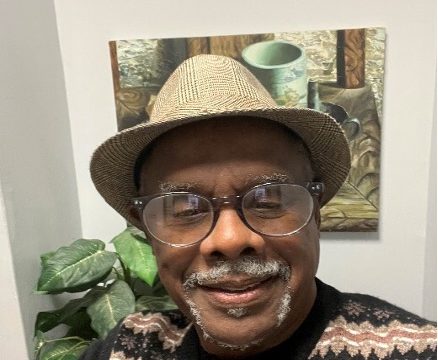
Quickly, pull out a pencil and paper and, without thinking too hard, jot down the names of five famous Jewish Americans, living or dead. Go ahead, we’ll wait. When you’re done, put that paper aside for the time being.
Now what this installment was intended to be was the fifth in a “Come meet your neighbor” series, an imaginary “tour” through your culturally diverse neighborhood. This stop was planned to be a visit with your Jewish neighbor.
To level set, parts one though four were written in a particular format – a “name five famous (Asian, LGBTQ, El Salvadoran, Muslim) Americans” pencil and paper test, like the one you took above, followed by research and insights from folks whose opinions I value.
Then I heard from “Bernie,” a brilliant friend who has travelled all over the world, lived in Boston for years and now resides in my hometown in Virginia, where can be found dispensing historical facts, insights and strong opinions to those who visit him in the little coffee shop across the street from the Shakespearean Theater.
“Bernie” is known to challenge conventional wisdom, to throw a curve ball at you, to offer a different perspective. With “Bernie,” there’s no in between – you either love him or don’t because of his ironclad opinions on just about anything. I happen to love the dude.
At first, I was taken aback a bit wondering if “Bernie” had, as we used to say, “busted my chops,” by purposefully ignoring my request for his insight on Jewish culture, religion and anything else he had to broaden our knowledge of Jewish Americans. Well, “Bernie” being “Bernie,” he did what “Bernie” is known to do, offer a different perspective. (My hunch is that “Bernie” is an advocate of Nigerian novelist Chimamanda Adichie’s epic Ted Talk, “The danger of the Single Story.”)
Here’s what he sent me:
A Jewish family, Karnofsky, who immigrated from Lithuania to the United States, took pity on the 7-year-old boy and brought him to their home. There he stayed and spent the night in this Jewish family home, where for the first time in his life he was treated with kindness and tenderness.When he went to bed, Mrs. Karnovski sang him Russian lullabies, which he sang with her. Later he learned to sing and play several Russian and Jewish songs.
Over time, this boy became the adopted son of this family. Mr. Karnofsky gave him money to buy his first musical instrument, as was the custom in Jewish families. Later, when he became a professional musician and composer, he used these Jewish melodies in compositions such as St. James’s Hospital and Go Down Moses. The little boy grew up and wrote a book about this Jewish family, who adopted him in 1907. And proudly spoke Yiddish fluently. In memory of this family and until the end of his life, he wore the Star of David and said that in this family he learned “to live a real life and determination.”
This little boy’s name was Louis Armstrong.

To jog memories, Louis “Satchmo” Armstrong was a masterful trumpet player and entertainer. He rose above the hardship and challenges of poverty from a young age to become one of the most influential musicians of his genre. He played a key role in the development of one of the early 20th century’s most important new styles of music: jazz
Now as I initially thought about it, “Bernie” didn’t help in ignoring my original request, instead sending me this tidbit on Louis Armstrong. On second thought, perhaps he did.
Back now to the “name five famous Jewish Americans” exercise we asked you to take at the outset.
Okay, what names did you come up with?
© Terry Howard is an award-winning writer and storyteller, a contributing writer with the Chattanooga News Chronicle, The American Diversity Report, The Douglas County Sentinel, The BlackMarket.com, co-founder of the “26 Tiny Paint Brushes” writers’ guild, and recipient of the Dr. Martin Luther King Leadership Award.


